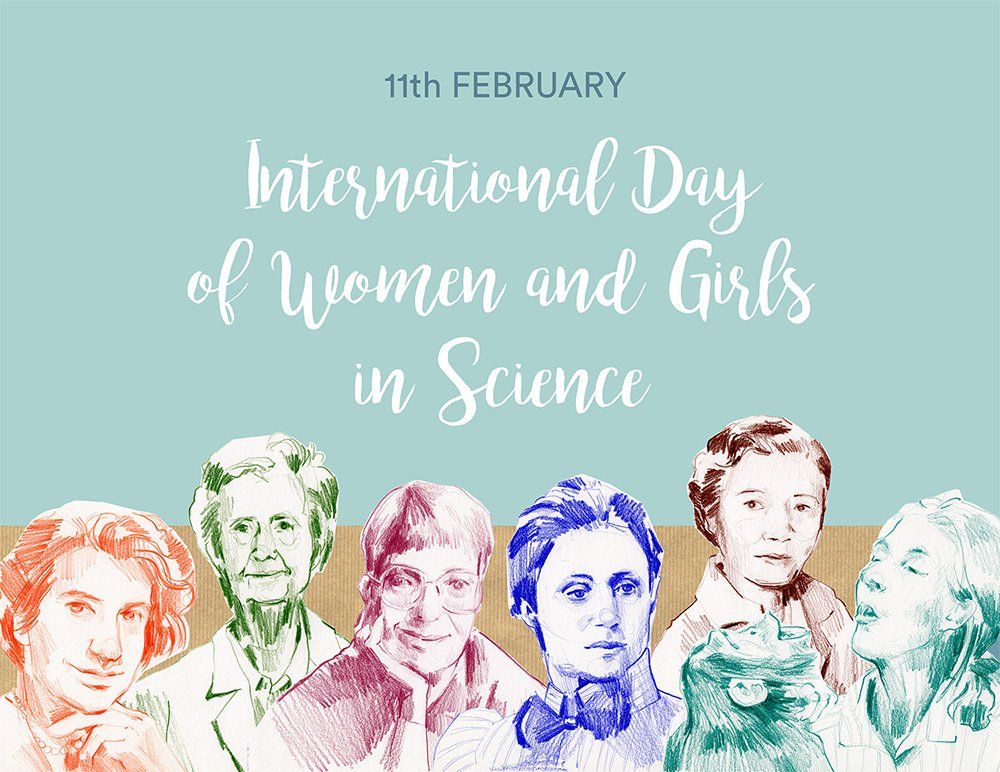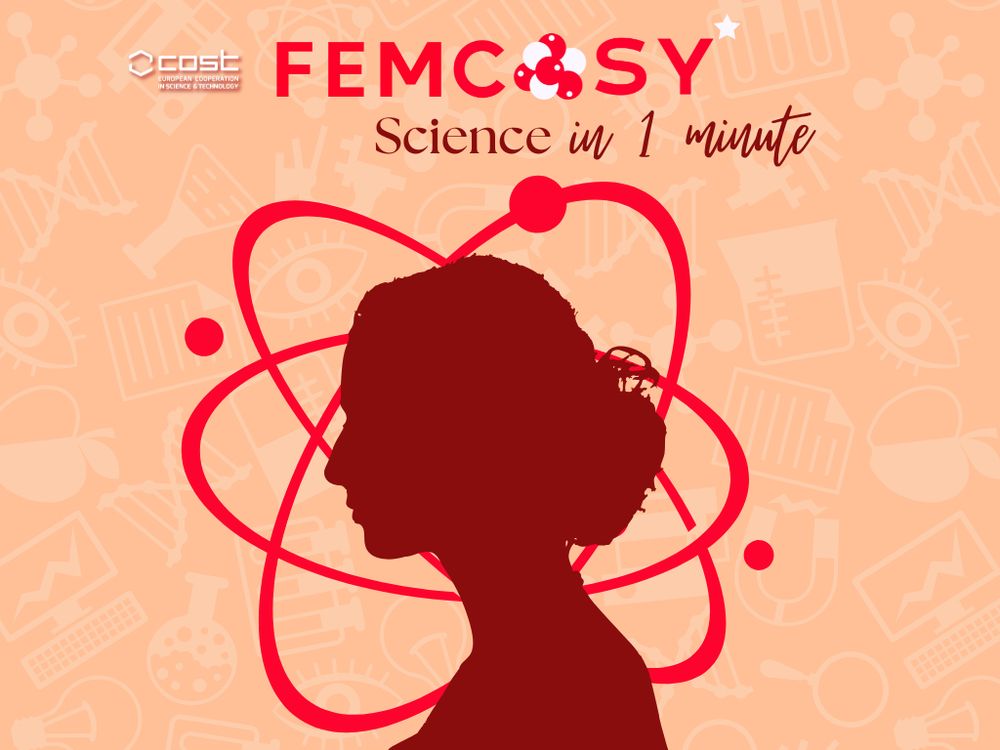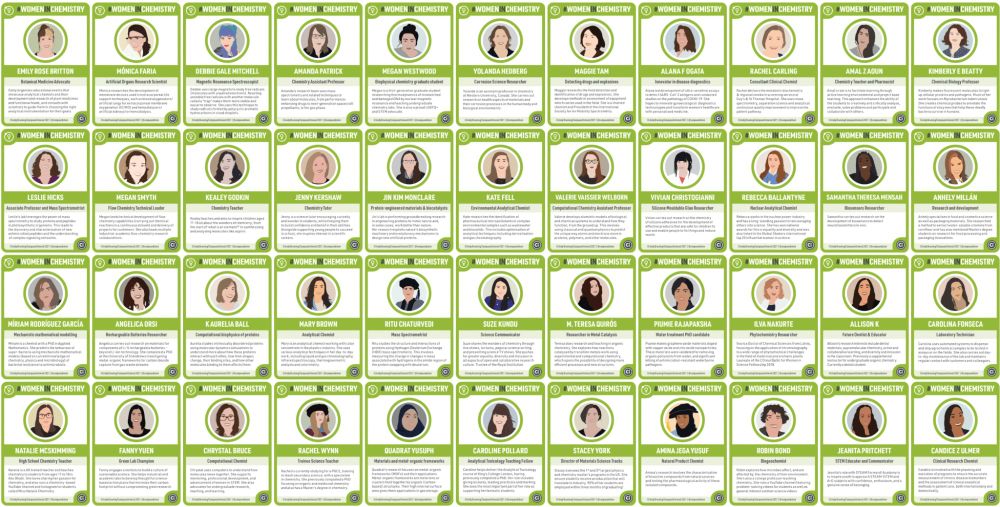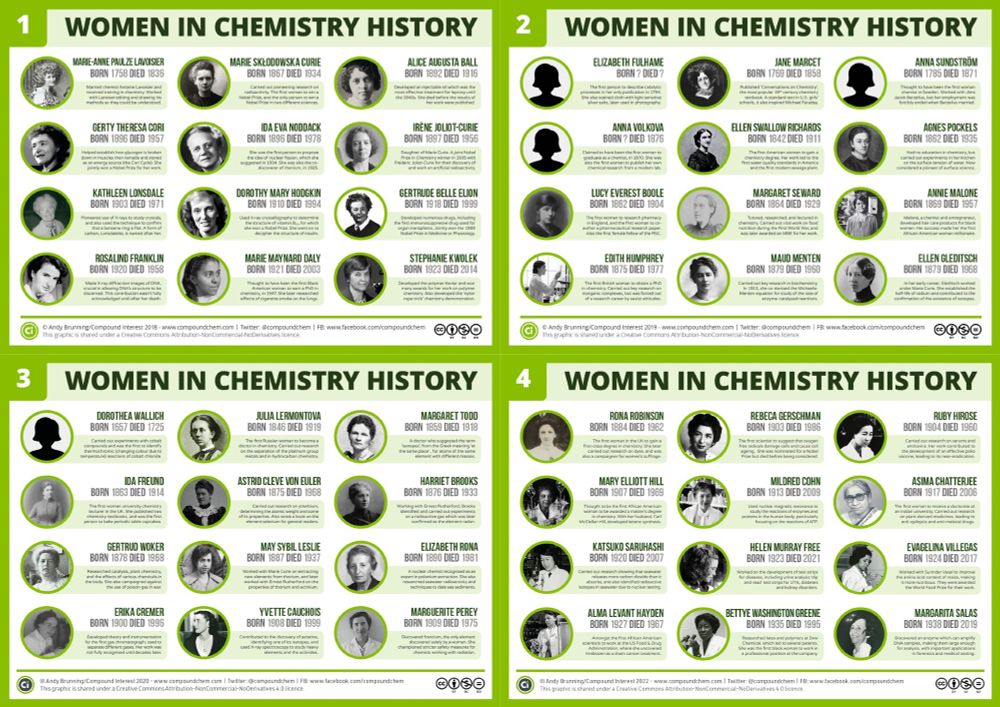Sandra Gómez
@quimicafisica1.bsky.social
150 followers
280 following
8 posts
Assistant Prof at UAM, Spain -- simulating light induced processes. Ethymology fan, foodie, mum, puzzle lover and against academic precarity (FJI, Eurodoc) ʕ·͡ᴥ·ʔ
Posts
Media
Videos
Starter Packs
Sandra Gómez
@quimicafisica1.bsky.social
· Sep 15

Perspective: Vibronic Coupling Potentials for Trajectory-Based Excited-State Dynamics
This Perspective reviews the use of vibronic coupling (VC) potentials in trajectory-based excited-state dynamics simulations. Originally developed to provide simplified yet physically grounded representations of nonadiabatic interactions, VC models─particularly their linear version (LVC)─have facilitated extensive investigations of photophysical and photochemical processes, in both molecular and condensed-phase systems. By effectively capturing the coupling between electronic and vibrational motions, VC models enable efficient dynamical simulations, making it feasible to investigate larger and more complex systems, for longer time scales or relying on potential energy surfaces calculated with high levels of theory. These models provide valuable insights into energy and charge transfer mechanisms following photoexcitation, shedding light on excited-state lifetimes and intricate relaxation pathways. Here, we discuss their integration with three trajectory-based computational families of methods: surface hopping, variational multiconfigurational Gaussian, and exact-factorization-derived approaches. We showcase how VC models have helped uncovering key mechanistic insights, including state-specific intersystem crossing pathways and vibrational mode selectivity. As the field progresses, VC-based approaches are expected to be increasingly combined with machine learning, anharmonic corrections, and hybrid LVC/MM frameworks, broadening their applicability to complex, flexible, and solvated environments. We highlight the advantages of VC-based potentials for trajectory-based simulations, emphasizing their computational efficiency and usefulness for benchmarking and exploring photophysical processes in molecular systems.
pubs.acs.org
Sandra Gómez
@quimicafisica1.bsky.social
· Aug 21

Attochemical Control of Nuclear Motion despite Fast Electronic Decoherence
Short-in-time, broad-in-energy attosecond or few-femtosecond pulses can excite coherent superpositions of several electronic states in molecules. This results in ultrafast charge oscillations known as charge migration. A key open question in the emerging field of attochemistry is whether these electron dynamics, which due to decoherence often last only for a few femtoseconds, can influence longer-time scale nuclear rearrangements. Herein, we address this question through full-dimensional quantum dynamics simulations of the coupled electron–nuclear dynamics initiated by ionization and coherent excitation of ethylene. The simulations of this prototype organic chromophore predict electronic coherences with half-lives of less than 1 fs. Despite their brevity, these electronic coherences induce vibrational coherences along the derivative coupling vectors that persist for at least 50 fs. These results suggest that short-lived electronic coherences can impart long-lasting legacies on nuclear motion, a finding of potential importance to the interpretation of attosecond experiments and the development of strategies for attochemical control.
doi.org
Reposted by Sandra Gómez
Sandra Gómez
@quimicafisica1.bsky.social
· Jul 16

Roadmap for Molecular Benchmarks in Nonadiabatic Dynamics
Simulating the coupled electronic and nuclear response of a molecule to light excitation requires the application of nonadiabatic molecular dynamics. However, when faced with a specific photophysical ...
pubs.acs.org
Sandra Gómez
@quimicafisica1.bsky.social
· Jul 16

Roadmap for Molecular Benchmarks in Nonadiabatic Dynamics
Simulating the coupled electronic and nuclear response of a molecule to light excitation requires the application of nonadiabatic molecular dynamics. However, when faced with a specific photophysical ...
pubs.acs.org
Reposted by Sandra Gómez
Reposted by Sandra Gómez
Reposted by Sandra Gómez
Reposted by Sandra Gómez
Mario Barbatti
@mbarbatti.bsky.social
· Feb 21

Roadmap for Molecular Benchmarks in Nonadiabatic Dynamics
Simulating the coupled electronic and nuclear response of a molecule to light excitation requires the application of nonadiabatic molecular dynamics. However, when faced with a specific photophysical ...
arxiv.org
Reposted by Sandra Gómez
Reposted by Sandra Gómez
Merriam-Webster
@merriam-webster.com
· Feb 11
Reposted by Sandra Gómez
Reposted by Sandra Gómez
Reposted by Sandra Gómez
Reposted by Sandra Gómez
Reposted by Sandra Gómez
Mario Barbatti
@mbarbatti.bsky.social
· Feb 10

PhD Position in Exciton Quantum Transport and Nonadiabatic Molecular Dynamics
A fully funded PhD position is available at Aix-Marseille University, co-supervised by Prof. Mario Barbatti (ICR, Aix-Marseille University) and Dr. Josene Toldo (UCBL, ENS de Lyon). The project focuse...
euraxess.ec.europa.eu
Reposted by Sandra Gómez
Reposted by Sandra Gómez
FACCTs
@faccts.de
· Jan 31
Virtual Winter School on Computational Chemistry (@vwscc.bsky.social)
🧪💻 The Virtual Winter School on Computational Chemistry (VWSCC) is a global online event featuring expert lectures, workshops, panels, and research presentations. Perfect for learning & sharing in com...
vwscc.bsky.social
Reposted by Sandra Gómez
Reposted by Sandra Gómez














